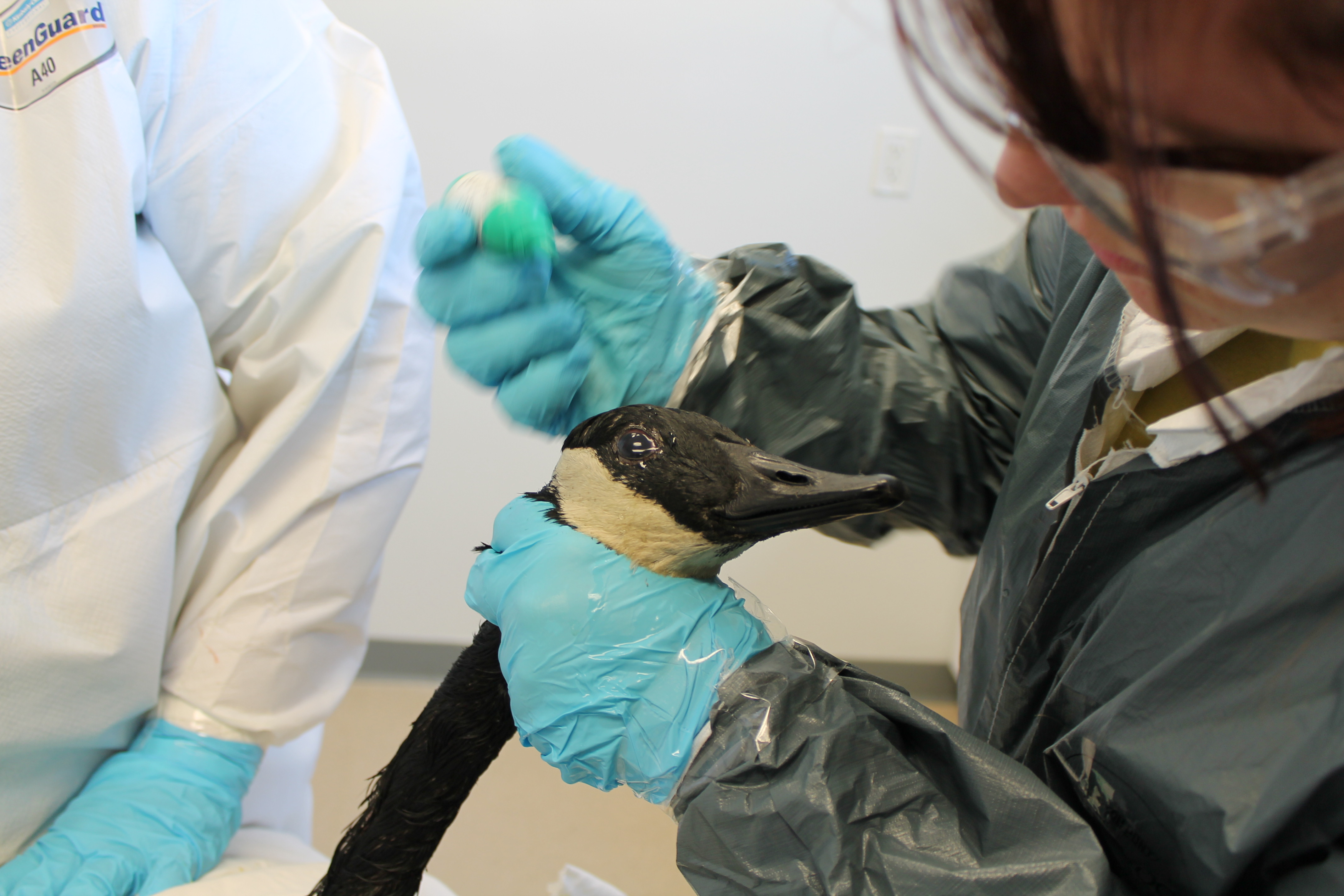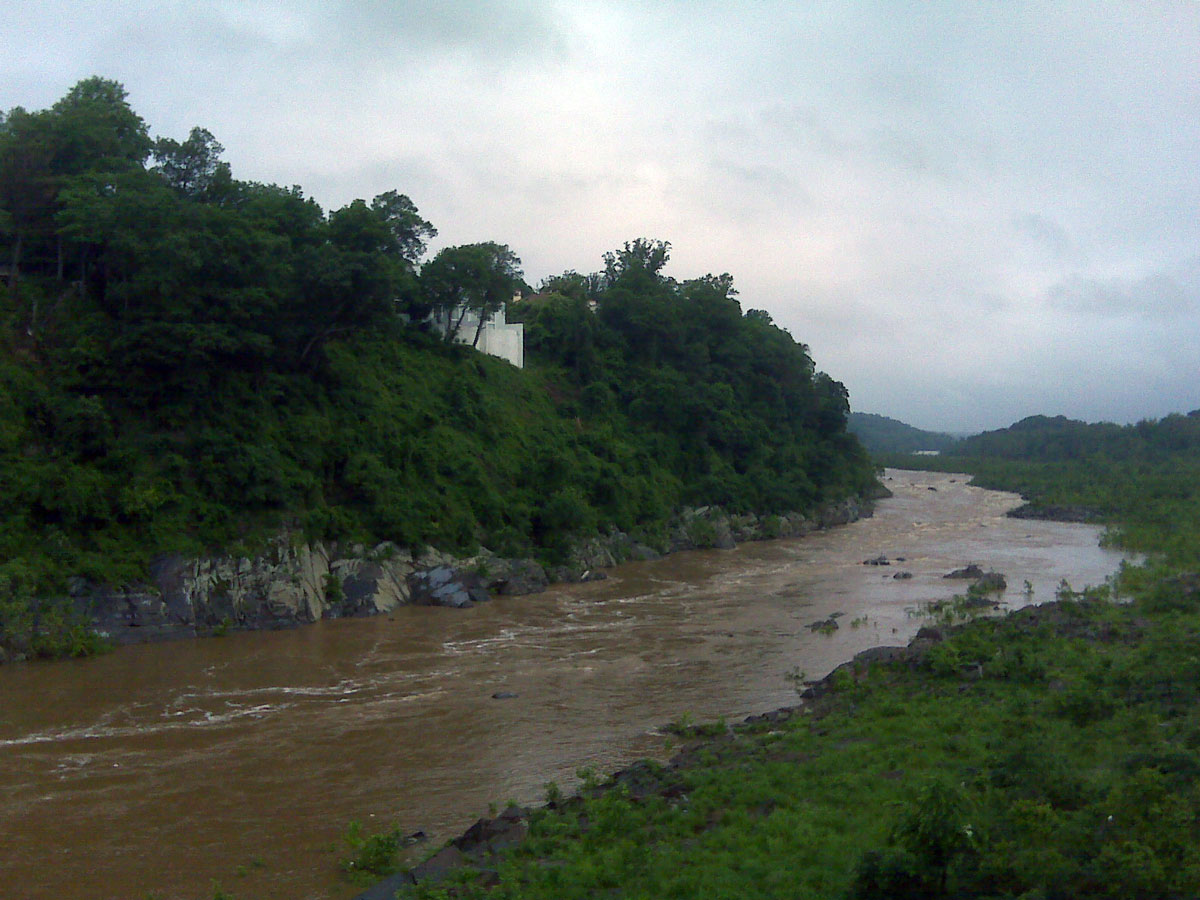
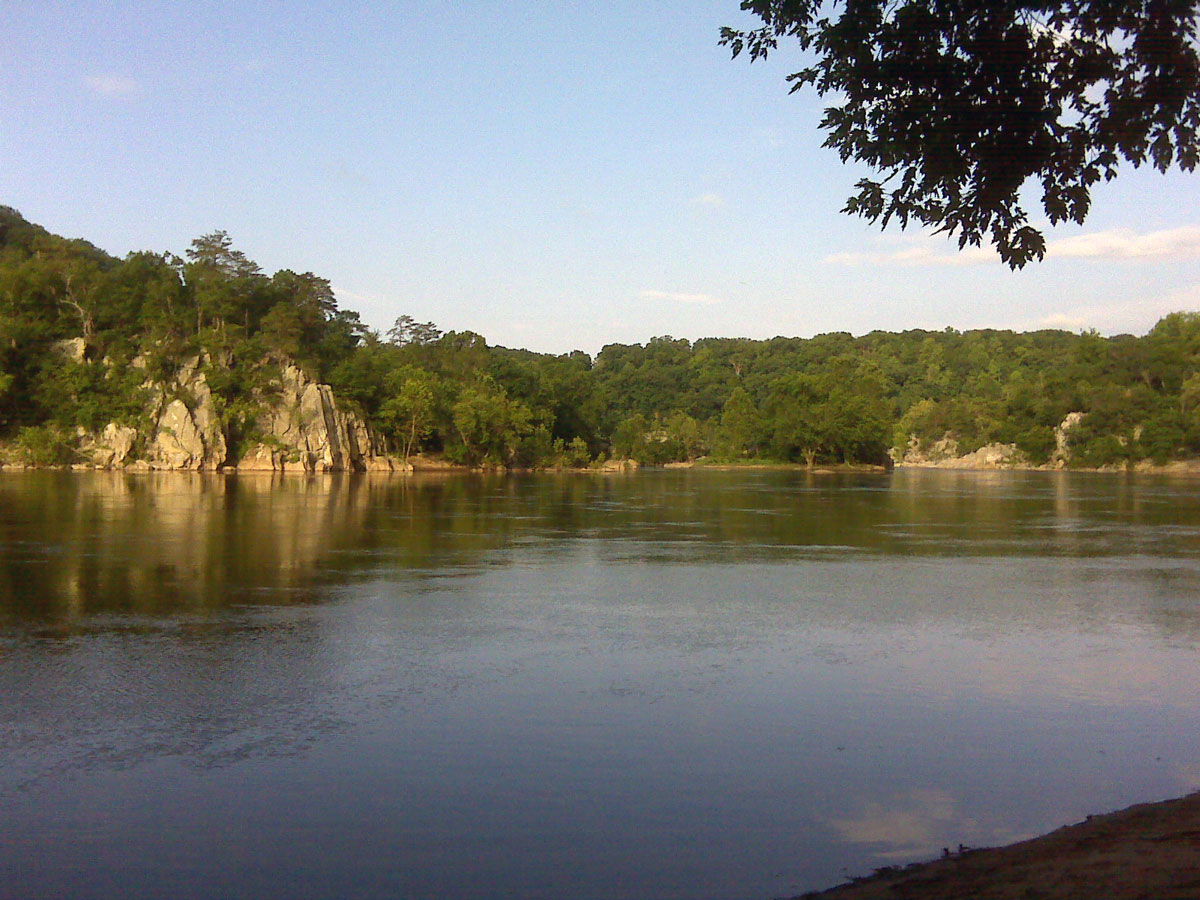
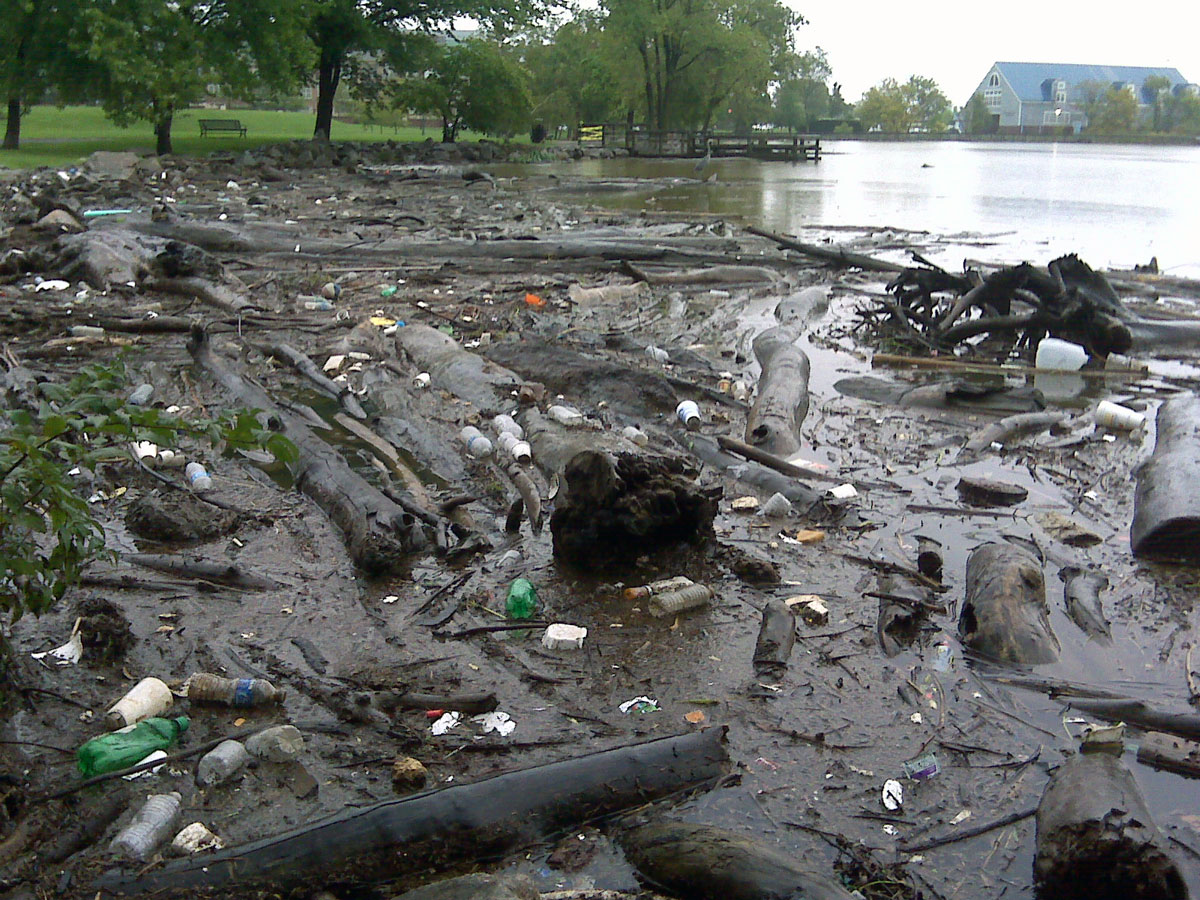
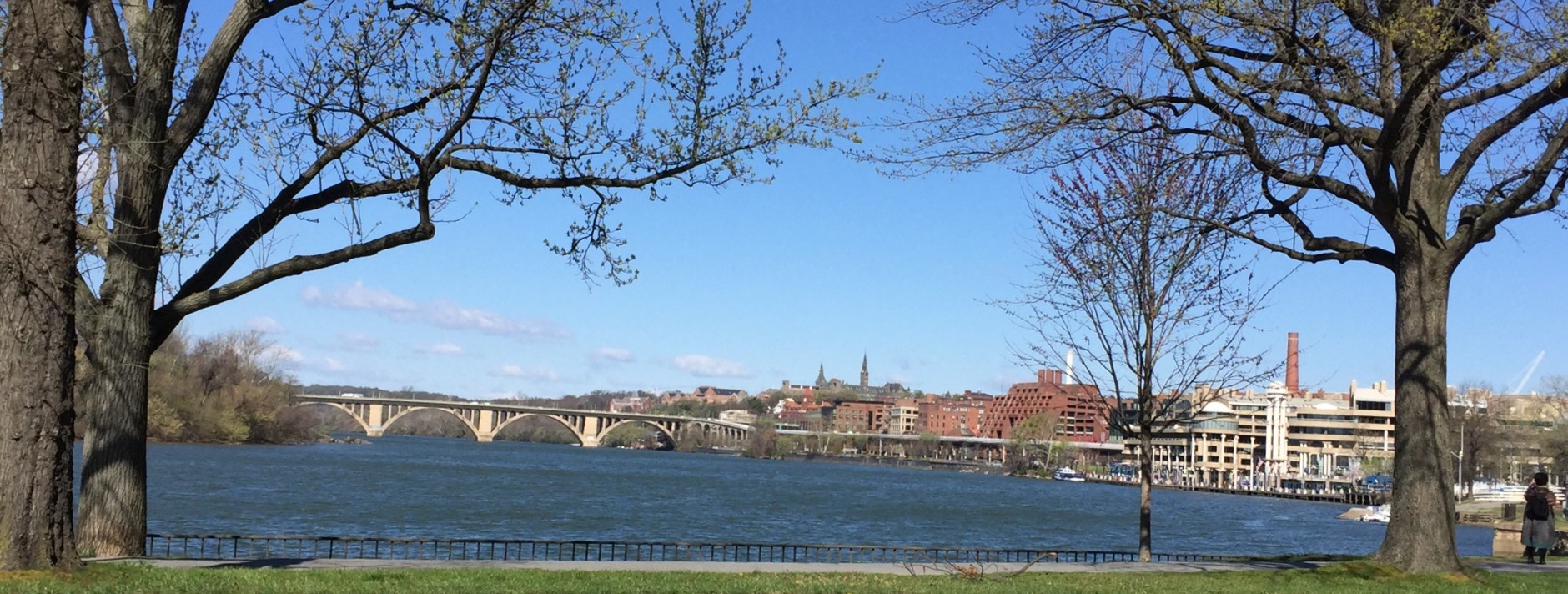
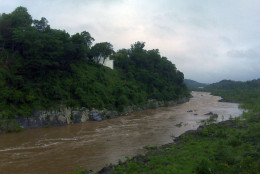

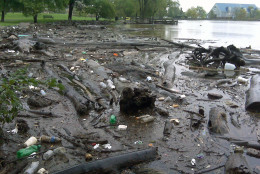
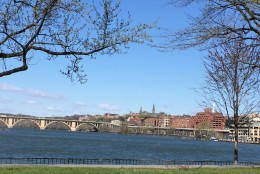
WASHINGTON — The health of the Potomac River is improving. It gets a “B-” in the ninth State of the Nation’s River report from the Potomac Conservancy.
“This is the first time that the river’s health has ever been above a C,” said Potomac Conservancy President Hedrick Belin.
“The river is on its way to recovery,” Belin exclaimed.
The group bases its ranking on factors that include levels of runoff from urban and suburban areas, growth of underwater grasses, fish populations and recreational public access points to the river.
Agricultural lands are the biggest contributor of pollution to the Potomac River and Chesapeake Bay. The report notes that of states in the Potomac region — Maryland, Virginia and West Virginia — Virginia is closest to meeting federal goals for best practices to reduce pollution.
“We’re seeing, in Virginia, a lot more financial resources being directed toward farmers to reduce the amount of pollution that flows across their land when it rains,” Belin said.
That suburban runoff can include herbicides, pesticides, manure and other waste.
Among the bad news included in the Potomac Conservancy report is the slow recovery of underwater tidal grasses destroyed during construction of National Harbor near Oxon Hill and the new Woodrow Wilson Bridge.
That recovery might just be a matter of time, Berlin thinks. But, he adds that dirt washed downstream into the lower Potomac from rivers and creeks upstream contributes to the problem.
Belin says responsible development in places such as Loudoun and Frederick counties will help tidal grasses downstream from D.C.
“Keep existing green filter strips along stream banks in place and strengthen them with more trees. That will reduce the amount of dirt or sediment,” Belin said.
He also likened trees to nature’s “Brita filter” that suck up rain water and filter out pollutants.
While the top three pollutants in the Potomac — nitrogen, phosphorus and sediment — are on the decline, there still are enough contaminants to warrant health warnings against eating fish caught in the river.
Uncertainty over growing populations of invasive Snakehead and Blue Catfish are also included in the report’s “bad news” category. But, rebounding populations of White Perch, Striped Bass and American Shad are seen as positive signs.
“I think the shad is a great little success story that shows if we make something a priority, like restore the shad, and if we’re putting in sufficient time and financial resources, we can see dramatic improvements,” Belin said.
Growth in the Shad population over the past 15 years is particularly encouraging to clean water advocates.
“Mother nature, given the chance, can recover from assaults its received in the past,” Belin said.



